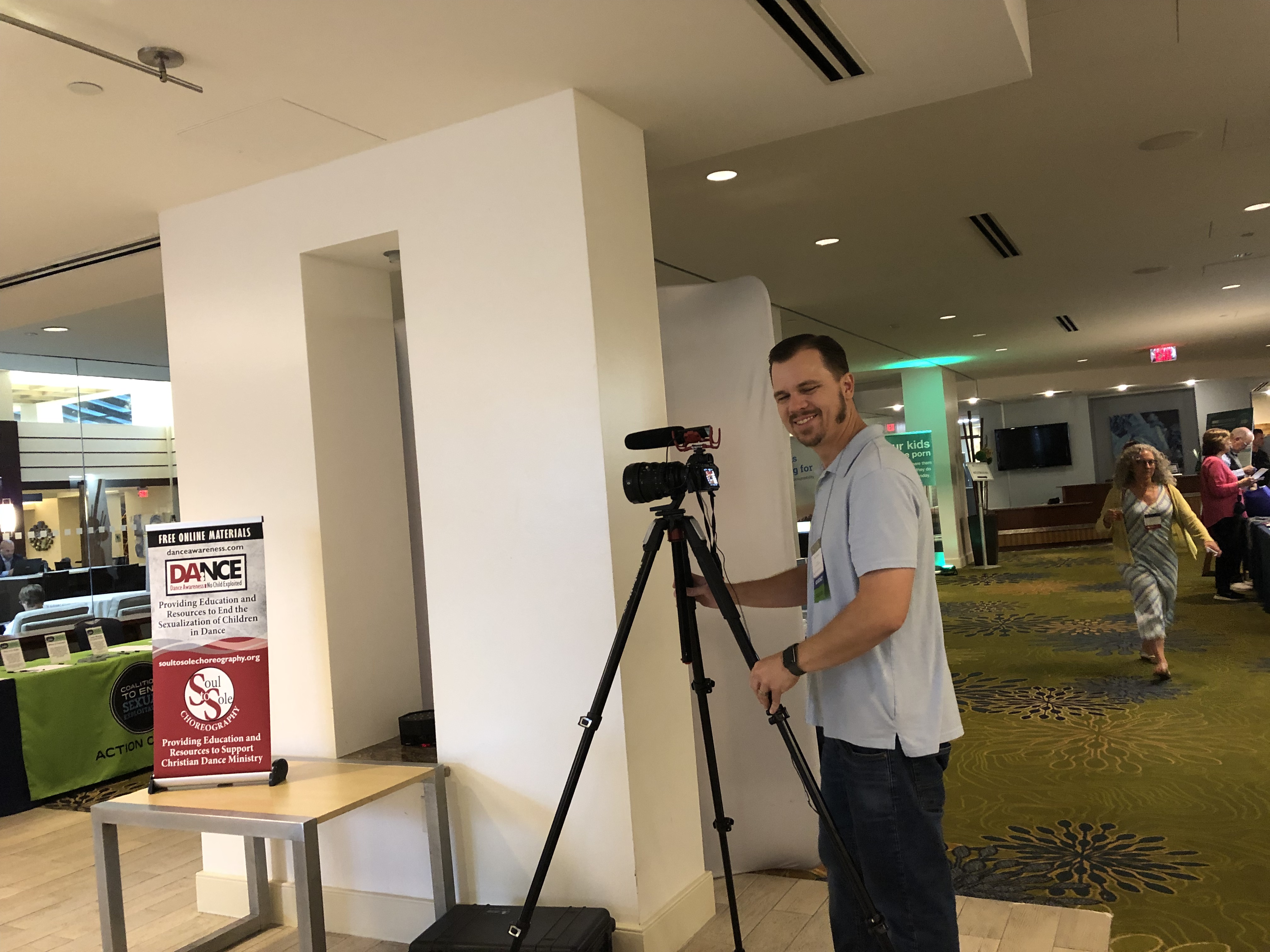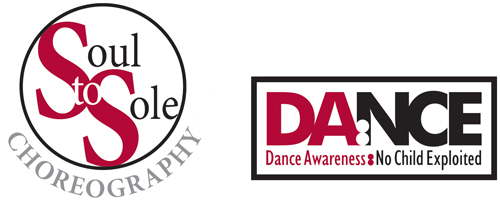I’ve had a wonderful summer that has raced by. In June, I flew to Washington DC to attend the National NCOSE (National Center on Sexual Exploitation) Conference and got a great response from leaders to film their observations about hypersexualization in children’s dance. In July, I taped 10 radio spots for national release through Westar Media, wrote an article about hypersexualized dance in our local paper and completed the necessary resources for the fall DA:NCE Newsletter. When the newsletter comes out in September 2019, expect some wonderful articles from dance educators (Dr. Judith Hanna and Dance Professor Lisa Long of Cal State Fullerton), as well as another recommendation for a healthy dance studio that allows children to develop with age-appropriate integration of mind, body and spirit. If all that activity wasn’t enough, I’m thrilled to give you an update on 3 new DA:NCE resources that I am currently working on:
 A powerpoint presentation that will clarify the difference between harmful and healthy dance, introduce you to how hypersexualized dance is linked to grooming children into a pornified culture, and allow you to view parts of the numerous interviews that were filmed at the Washington DC Conference.
A powerpoint presentation that will clarify the difference between harmful and healthy dance, introduce you to how hypersexualized dance is linked to grooming children into a pornified culture, and allow you to view parts of the numerous interviews that were filmed at the Washington DC Conference.- A film designed to capture the expertise from national leaders who spoke about the hypersexualization with children’s dance from a public health concern perspective.
- A film trailer with short excerpts from the longer film that will be easy to share on social media
Hats off to AFI(American Film Institute) filmmaker Neal Thibedeau for all of his efforts to work with me on the taped interviews for healthy and harmful dance. See his picture at the right. He’s always working hard and working efficiently on behalf of DA:NCE.
I’ve filled with thanksgiving for all these opportunities. However, right now I’d like to to step back and reflect. How do you think that hypersexualized dance grooms children to normalize pornography in age-inappropriate ways? If we look at our culture, an unfiltered internet brought us into an age of accepting pornography because the internet made porn accessible, affordable and anonymous. That opened up an unfiltered media influence: TV, movies, magazines, and marketing ads with a continuous thread of sexualized material. I just saw an article describing a new ‘childrens’ media app called ‘Tik-Toc.’ How did an app like this get into our culture, especially for our youngest citizens?
In case you aren’t aware, media is the main means of mass communication that influences adults and children in a host of daily choices from dance choreography, costumes and music to the details of everyday life. And if those media offerings saturate us with inappropriate messages about sex, and if we do nothing about it, the messages become who we are. Over time, the messages de-sensitize the culture. As poet and cultural critic Allen Ginsberg said, “Whoever controls the media, the images, controls the culture.”
So what about the meaning of the word grooming? No, I’m not talking about doing your child’s hair as he/she gets ready for school. This is what I mean:
“Grooming is a tactic of overcoming the survivor’s defenses by slowly desensitizing his or her natural reaction to abusive behaviors. The most commonly recognized context is when pedophiles use it on children and their parents, but the technique is also used in other contexts, such as confidence scams or commercial sex work. Grooming works by mixing positive behaviors with elements of abuse. At the beginning, all behaviors are positive. Slowly, abusive elements are added in amounts that surprise the survivor to an extent, but do not push alarm to a high level. Overtime, the inappropriate comes to feel normal (source).”
If you study how grooming affects one child over time, I believe that corporate grooming occurs with a wider net because of an unaware hypersexualized dance industry. A research article I read talked about this topic: ”The pressure on children to adopt sexualised appearance and behaviour at an early age is greatly increased by the combination of the direct sexualisation of children with the increasingly sexualised representations of teenagers and adults in advertising and popular culture. “ p2
I don’t think that we can deny that the media culture has become pornified for us, and by extension, for our children.
Stay with the DA:NCE Team to create a better tomorrow.
